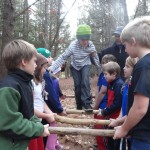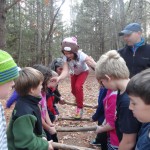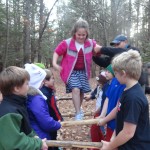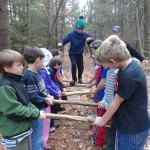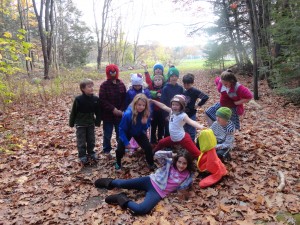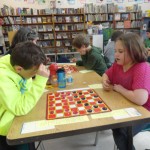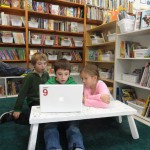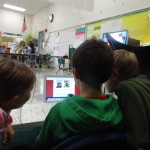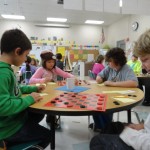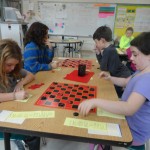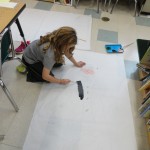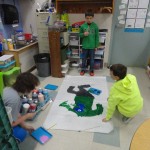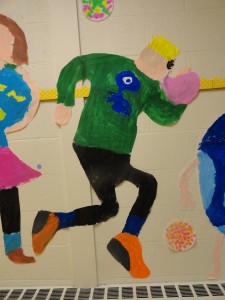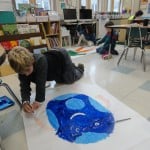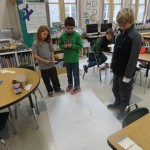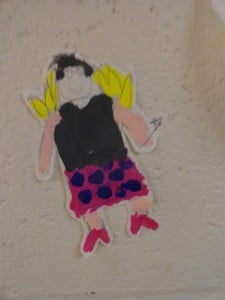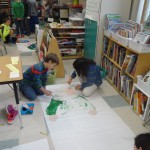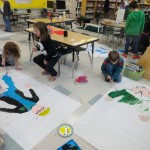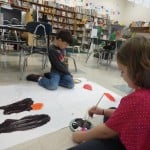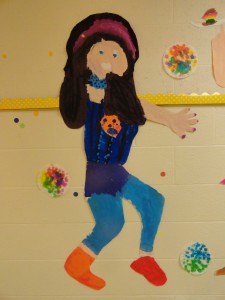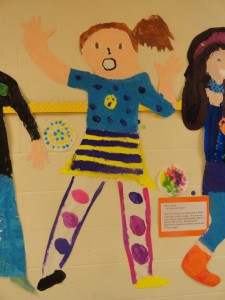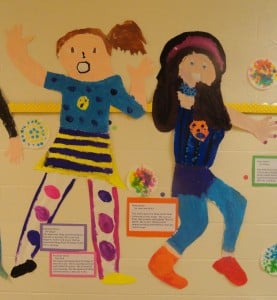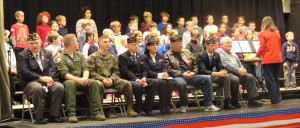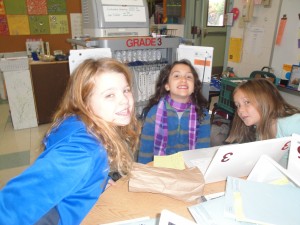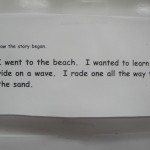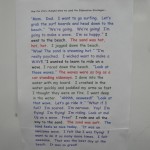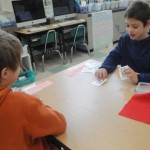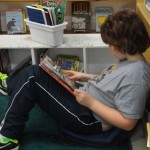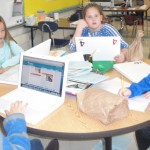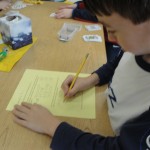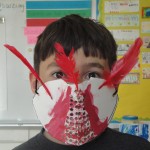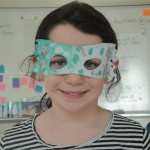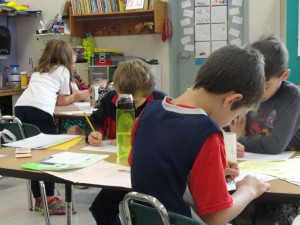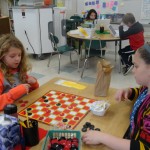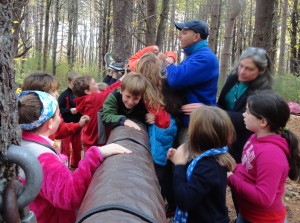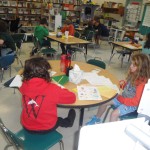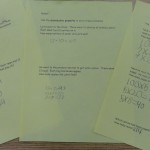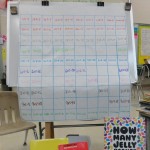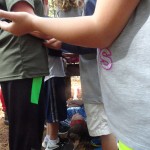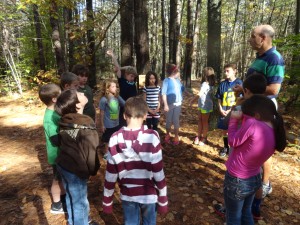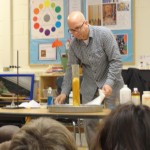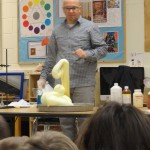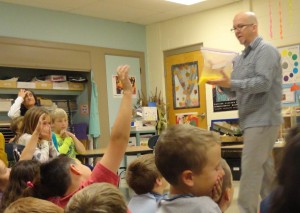 It’s hard to believe that Friday is here again. We have so much to do that our days do not feel nearly long enough – and yet they are. There are so many things I wish we had completed. I’d planned on telling you about finishing our How We Are Smart pie charts. I thought I’d be telling you about how we had explored different formats for informational writing to prepare for a 3E Museum. And I’d hoped I would be letting you know we had completed a first set of learning goals and were ready to share them with you .
It’s hard to believe that Friday is here again. We have so much to do that our days do not feel nearly long enough – and yet they are. There are so many things I wish we had completed. I’d planned on telling you about finishing our How We Are Smart pie charts. I thought I’d be telling you about how we had explored different formats for informational writing to prepare for a 3E Museum. And I’d hoped I would be letting you know we had completed a first set of learning goals and were ready to share them with you .
While we didn’t find time in our week to bring closure to any of those things, we worked on parts of each of them and we learned and explored many other things. The week was full of the things connecting us to each other and to the world beyond. Woven into almost every part of our academic work this week was an element of Social Emotional Learning – learning about ourselves, establishing effective social relationships and building empathy and understanding. Ask your child about the connections they are making and building as he or she learns together in 3E. One important connection was made on Monday when your third graders sang their appreciation to our Veterans. They sounded wonderful. The line of veterans on the stage with them applauded their efforts – the words they sang and what they did truly mattered. That was the first special event of their week.
Walking On Logs
In the afternoon we had a challenge – the first that everyone was able to take the risk to try. Not only did everyone take a risk to try, everyone met with success. For us the challenge featured cooperation, thoughtfulness and focus. It took all of us to make sure that everyone was able to walk across the logs and it took all of us doing our part to support him or her. It felt really good to walk back to the school from the challenge course knowing that everyone had a sense of accomplishment and pride in him or herself and in our class. Day by day we are strengthening friendships and building trust.
Celebrating Quirks
On Wednesday our celebration of the Quirks was an all day affair. First we created the characters – an exercise of partnership, communication and collaboration. Next we brainstormed character traits for each of the characters. We traveled the room carousel-style jotting down traits after reading what had already been written on the paper so there were no repeats. We worked to describe the characters more deeply than fun, cool, or nice and we mostly succeeded. The teams used those traits, along with some of their own ideas, to write paragraphs about each character using the format from The Important Book.
In addition, everyone read and explored at least two sections of Erin Soderberg’s website. We learned that the author of the Quirks got many ideas for her story from her own family and that she started writing the series for her children to read. They help her make the books just right for 8, 9 and 10 year olds. We learned that the Quirks began as a family of four, but slowly changed as the story evolved. And most surprising, was seeing the covers from the books as they are published in England. Niblet is so totally different. We realized different illustrators imagine the words differently – we do too. The collection of “quirky” things on the site is worth checking out – the biggest ball of twine, the largest fiberglass fish and the amazing list of actual town names from across our country. Have fun exploring these with your family too.
We ended our celebration with a checkers tournament. We played for 20 minutes and made 980 moves. In The Quirks – Welcome to Normal they have a record setting contest that is chosen from suggestions slipped into a suggestion box. We collected suggestions too. The checkers tournament was selected. Now that we’ve played once we have a record to break throughout the year. It was fun. Our final Quirky task (hopefully done today) will be to write a letter to the author. We hope she’ll check out our blog to see and read how much we’ve enjoyed her books. 61 days left before we can read The Quirks and the Quirkalicious Birthday.
Learning With Leo Lionni
For the past two weeks we have been reading a book a day by Leo Lionni and listening to discover what we think the author’s main message was. We have collect nearly 150 precepts from this work. Things like: follow your heart, be kind even when others are not, be satisfied with what you have, always remember to dream, notice what’s around you, and many, many more. We have been taking time to discuss which of these to we feel most important to follow and use as our guide. We have also been learning how to back our opinions with evidence from the text. This is challenging and we have been trying to decide what are the pieces from the story combined with our own lives and experiences that give us our personal ideas.
In the weeks to come we’ll be choosing one of the precepts and working to create an original, illustrated fable in Leo Lionni style to challenge our thinking and understanding even further. Ask your child about the books and what precepts they feel most strongly about.
Bits and Pieces
- Our Field trip to the SEE Science Center is Tuesday, November 18, 2014.
- We began our 5th chapter read-aloud. It’s called Nuts to You and is the story of an exciting adventure. A squirrel tells it! We’ve just begun it. We’ll let you know what happens.
- We are half way through our second set of cursive letters – the Kite String Letters. These swoop up into the air, sometimes dipping low like for an i or u and other times dipping only slightly like for s and r.
- We enjoyed Celebrating Scientists today in our class. Thank you for your help and support with that project. We look forward to gathering together as a grade on Monday to learn more about science and the work of different scientists.
